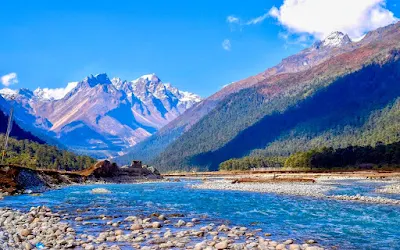Jagannath Temple
The Jagannath Temple, located in Puri, Odisha, India, is one of the most famous Hindu temples dedicated to Lord Jagannath, a form of the Hindu god Vishnu. The temple is an important pilgrimage destination for Hindus, especially devotees of Lord Jagannath.
Here are some key points about the Jagannath Temple:
History:- The temple dates back to the 12th century and is known for its rich history and cultural significance. It was built by King Anantavarman Chodaganga Deva of the Eastern Ganga dynasty.
Architecture:- The temple is renowned for its architectural grandeur, characterized by its towering spire (Shikhara), intricately carved stone pillars, and beautiful sculptures. The temple complex covers a significant area and includes several smaller temples and shrines.
Jagannath Temple
Deities:- The main deities worshipped in the temple are Lord Jagannath (a form of Lord Vishnu), his brother Balabhadra, and sister Subhadra. The idols of these deities are made of wood and are replaced every twelve years in a grand ceremony called Nabakalebara.
beautiful sculptures
Rituals and Festivals:- The temple hosts numerous rituals and festivals throughout the year, with the most famous being the Rath Yatra, or Chariot Festival. During this festival, the idols of Lord Jagannath, Balabhadra, and Subhadra are taken out of the temple in grand processions on huge chariots.
Lord Jagannath
Traditions and Practices:- The temple follows strict rules and customs regarding entry, worship, and administration. Only Hindus are allowed to enter the temple premises, and there are separate entrances for different sections of society. The temple is managed by a hereditary group of priests known as pandas.
Rath Yatra
Significance:- The Jagannath Temple holds immense spiritual significance for Hindus and is considered one of the Char Dham pilgrimage sites, along with Badrinath, Rameswaram, and Dwarka. It attracts millions of devotees and tourists from all over the world every year.
Controversies:- The temple has also been the center of controversies and debates, particularly regarding its management and rituals. Various reform movements have aimed at bringing changes to the traditional practices of the temple.
spiritual significance
Overall, the Jagannath Temple stands as a symbol of faith, devotion, and cultural heritage, embodying the rich religious traditions of India.




















